


ResulEvis
Forum Replies Created
It’s important to work with a veterinarian or animal nutritionist to determine the appropriate balance of nutrients for your pet and to ensure that their diet is nutritionally complete and balanced. Some commercially available raw food diets may also be nutritionally complete, but it’s important to carefully read the labels and choose a reputable brand.
Yes, cats and dogs can eat cooked food. In fact, most pet food is cooked to some extent to make it more digestible and safe for pets to eat. However, it’s important to ensure that any cooked food you give your pet is safe and appropriate for their dietary needs. Cooked bones, for example, can be dangerous for pets as they can splinter and cause choking or internal damage.
It’s also important to ensure that any cooked food you give your pet is fresh and properly stored to prevent contamination and spoilage.
When feeding your pet cooked food, it’s important to avoid seasoning it with salt, spices, or other flavorings that may be harmful to your pet. Plain cooked meats and vegetables can be a good option, but it’s best to consult with a veterinarian or veterinary nutritionist to ensure that your pet’s nutritional needs are being met.
It’s important to consult with a veterinarian or animal nutritionist before making any significant changes to your pet’s diet, including transitioning to a cooked food diet. They can help you determine the best approach based on your pet’s individual needs and health status.
One of the main benefits of a cooked food diet for cats and dogs is that it can be more easily digested and provide a more balanced nutritional profile than raw food. Additionally, cooking can eliminate harmful bacteria and parasites that may be present in raw meat.
However, the cooking process can also destroy some of the nutrients and enzymes present in raw food, and may lead to a loss of flavor and palatability. Additionally, some types of cooking methods, such as frying or grilling, can introduce harmful chemicals and toxins into the food.
One potential drawback of a cooked food diet is that cooking can cause some nutrients to be lost, so it’s important to ensure that the diet is balanced and meets your pet’s nutritional needs. Additionally, cooked food diets can be more expensive than kibble or canned food diets, so cost may be a consideration for some pet owners.
One option for a cooked food diet for cats and dogs is to prepare homemade meals using ingredients that are safe and nutritious for pets. Cooked meats, such as chicken, turkey, beef, and lamb, can be a good source of protein, while cooked vegetables, such as sweet potatoes, carrots, and green beans, can provide essential vitamins and minerals. It’s important to work with a veterinarian or veterinary nutritionist to ensure that the diet is balanced and meets your pet’s nutritional needs.
Another option for a cooked food diet is to choose commercially available cooked food diets for cats and dogs. There are many brands available that offer cooked food options, which can be convenient for pet owners who don’t have the time or resources to prepare homemade meals. It’s important to choose a high-quality brand that uses wholesome ingredients and has been formulated by veterinary nutrition experts.
Supplementation may also be necessary to ensure your pet is getting all the nutrients they need. However, it’s important to consult with a veterinarian before adding any supplements to your pet’s diet, as too much of certain nutrients can be harmful.
When feeding your cat or dog a raw or cooked food diet, it’s important to ensure they are getting all the nutrients they need. One way to do this is to work with a veterinary nutritionist or a veterinarian who is knowledgeable about raw and cooked food diets for pets. They can help you create a balanced diet that includes all the necessary vitamins, minerals, and other nutrients your pet needs to stay healthy.
It’s also important to choose high-quality ingredients for your pet’s food and to vary their diet to ensure they are getting a range of nutrients. For example, including organ meats, such as liver or heart, can provide important nutrients that may be lacking in muscle meats alone.
Cats and dogs can eat certain types of bones, but it’s important to make sure they are raw and appropriately sized for your pet. Cooked bones can splinter and cause injury to the digestive tract, so they should never be fed to pets. Small bones, such as those found in chicken or fish, can be a choking hazard and should also be avoided. Large, weight-bearing bones, such as beef femurs or knuckles, can be given to dogs for recreational chewing, but should be monitored to ensure they don’t break or splinter. It’s important to consult with a veterinarian before feeding bones to your pet to ensure their safety and to make sure they are appropriate for your pet’s individual dietary needs.



It’s also important to handle and prepare raw food safely to minimize the risk of bacterial contamination. This includes keeping raw meat separate from other foods, washing hands and surfaces thoroughly after handling raw meat, and using appropriate storage and handling techniques.